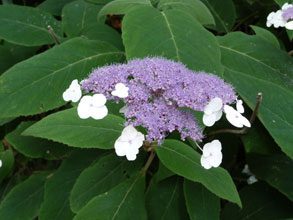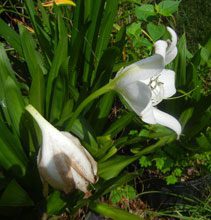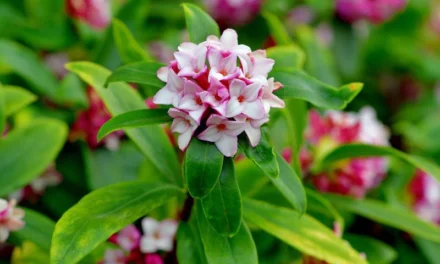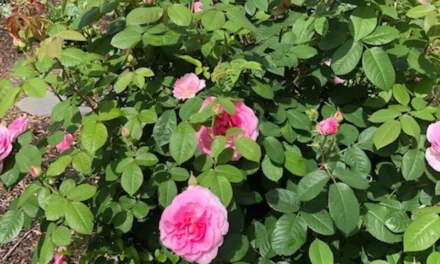 Every now and then, I will brave this stifling heat and wander out past the trash heaps/discard piles of organic refuse cast out from the garden. Trimmed branches, raked leaves and pulled weeds, discarded contents from pots whose former occupants have passed into the afterlife stage of horticultural existence; dug bulbs and rhizomes - along with their tops - which have succumbed to disease or rot; the depleted garden soil from repotted plants.
Every now and then, I will brave this stifling heat and wander out past the trash heaps/discard piles of organic refuse cast out from the garden. Trimmed branches, raked leaves and pulled weeds, discarded contents from pots whose former occupants have passed into the afterlife stage of horticultural existence; dug bulbs and rhizomes - along with their tops - which have succumbed to disease or rot; the depleted garden soil from repotted plants.
If it is organic waste from the garden, but is too coarse or too fibrous for quick conversion into rich perfect compost, I will separate it out and toss it in this growing pile of detritus in the back of the garden to rot in its own time.
Or “the gardens,” I should say. I do this at both the creekside garden in Beaufort County and at the old farm inland.
In both gardens I have sometimes come across unexpected treasures surviving in these refuse heaps, surprising me with a brilliant amaryllis or even a very determined little orchid pushing through the twigs and dead weeds. Such discoveries are uncommon, since what’s usually thrown away is already on its way to decomposition.
Last week, however, in each of the gardens, I did the little trek out to the pile of limbs and refuse to make another contribution to them. I’d been clearing out some more plants which had not made it through this year’s extremes of cold, heat, drought, and flood - not to mention the neglect that all my plants eventually must contend with.
To my astonishment, I found poking through the high pile of debris in the creekside garden a rangy woody branched shrub, showing clusters of rough-textured, velvety, greyish leaves which were large, oblong, and pointed on the end. Botanists would call this leaf shape “ovate” or “lanceolate.”
Even though it had been nearly twenty years since I had tossed it out, dead as a doornail, I immediately recognized what had risen from the dead-pile: an uncommon, large-growing hydrangea I had long ago acquired and lost one winter. It was Hydrangea aspera, commonly called rough-leafed hydrangea.
I remembered it well because it is so strikingly beautiful, and it had performed well for me, with its handsome lavender-tinted lacecap blooms which arrived in late summer - unusual for most of the hydrangeas I’ve grown.
It’s also a large shrub, growing at least ten feet high for me, and just as wide. It can be a challenge to propagate, though, which accounts for some of its rarity in the trade. For it to have reappeared after all this time was like a delightful gift from the gardening gods.
Several days later, I was back in the other garden, at the farm, heading again to the throw-away pile of garden refuse there. It had been a while since I’d visited the pile, and I was tossing out three pots of year-old Edgeworthia chrysantha, sometimes called “paperbush,” which I had divided from the big plants I have. They had also been neglected and didn’t make it - so to the trash pile they went. The big, flat whorls of foliage and peculiar branching make these really dramatic - tropical looking in summer, sculptural in winter, and I like to keep a few young plants coming along to replace older ones or to share with gardeners.
I had cast out of the garden last year a pot of one of my beloved crinums, which had been in a back sunny corner and had gotten lost among all the other faster-growing shrubs around it. When I threw it out last year, it had sat completely dessicated from drought, toasted by the cruel sun, and had fallen over so that almost all its potting soil had fallen out of the pot. It was awful, there was no hope of reviving it, so out it went.
Well, the rains this month have watered the trash pile as well as the garden, and this dried up old bulb had somehow revived itself, sent up a rich flush of firm green sword-like leaves, and sent up a stalk with its distinctive ballooning buds on it. It was immediately recognizable as Crinum jagus ratrayii, also called the St. Christopher lily.
This was a wonderful surprise, for I had assumed I had lost this cherished lily - one I had  acquired a dozen years before; its pure white bloom, vanilla scent, its particularly elegant flower form, plus its strong, elegant and upright foliage made it one of the finest of the many crinums I’ve grown.
acquired a dozen years before; its pure white bloom, vanilla scent, its particularly elegant flower form, plus its strong, elegant and upright foliage made it one of the finest of the many crinums I’ve grown.
And there it was, shining against the backdrop of rotting detritus. I was ecstatic. I retrieved the plant and replanted it where it will get the attention and care it deserves. The care it got – or rather the unfortunate lack of care it got before - may well be among the reasons it survived. Native to tropical Africa, this crinum typically appreciates a rest period, much reduced watering especially, once it has completed blooming and is heading into winter in our climate. Our very cold winter blasts can do terminal damage to some tropical growing plants, but if they have gone into a dormant stage, and remain dry, they can often survive those freezes. That’s what I’ll watch for.
I think I need to set myself a regular schedule now for checking on all those castaways which end up in my throw-away pile. With treasures like these showing up, I’d be a fool not to look at least occasionally.








